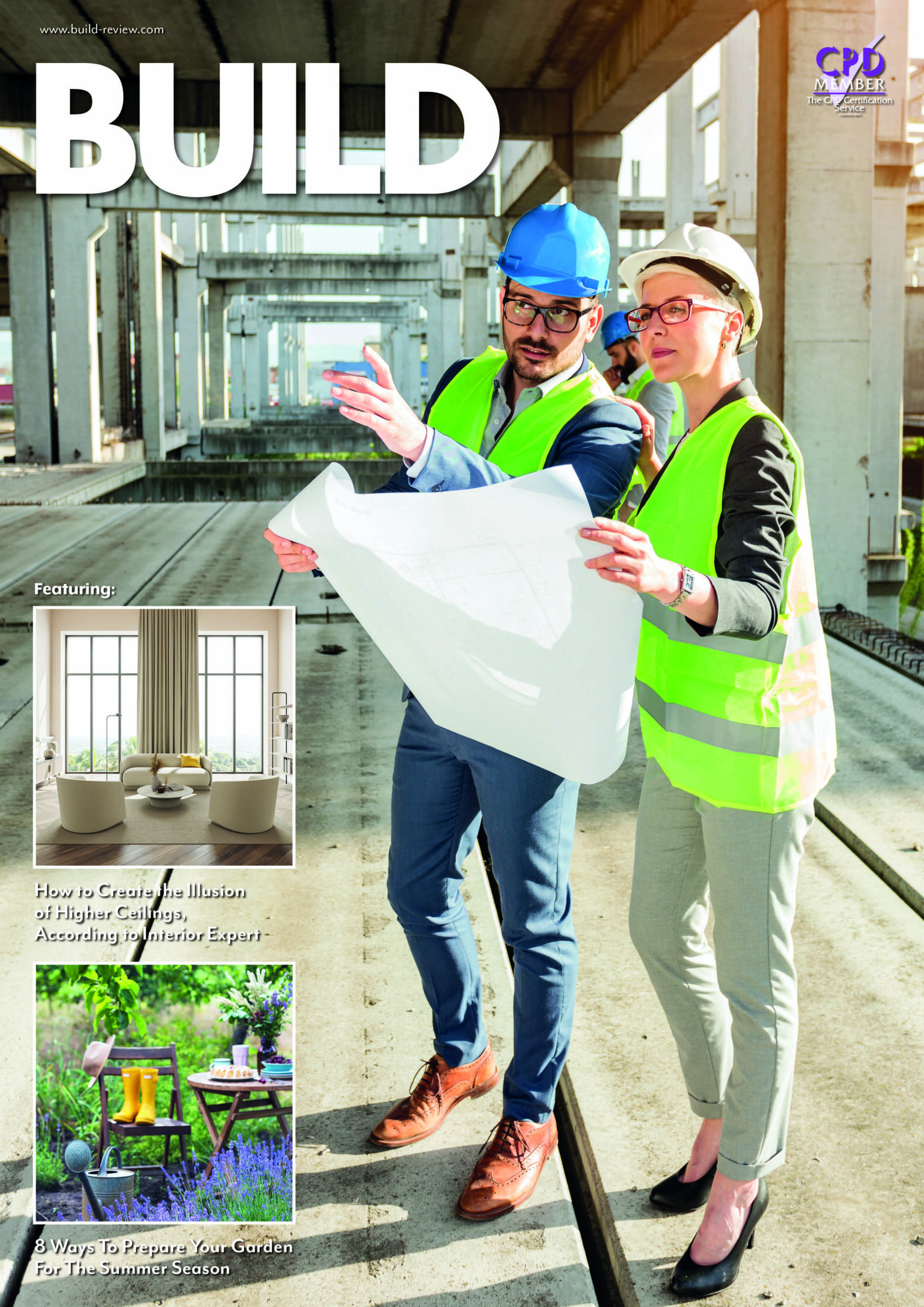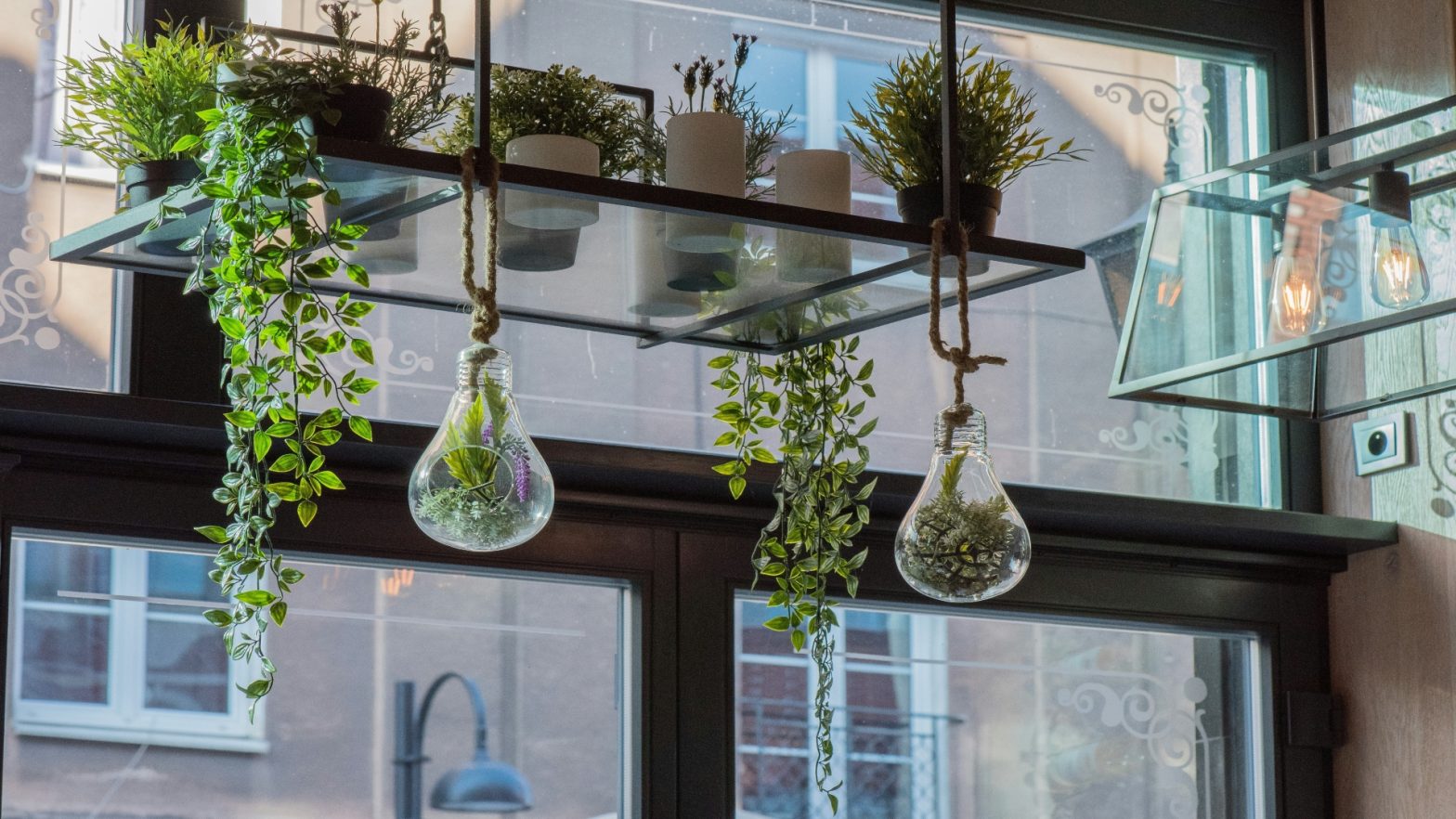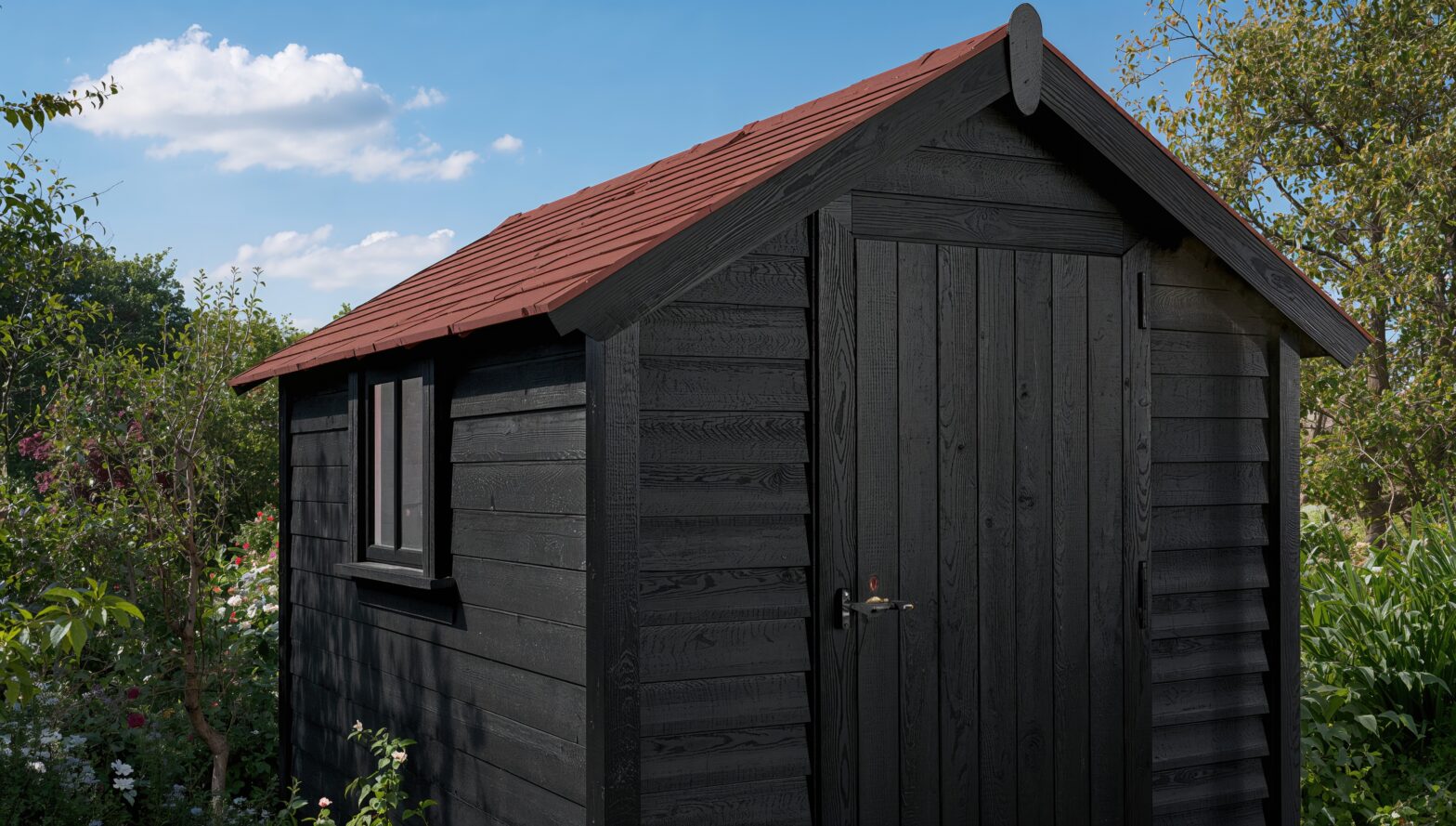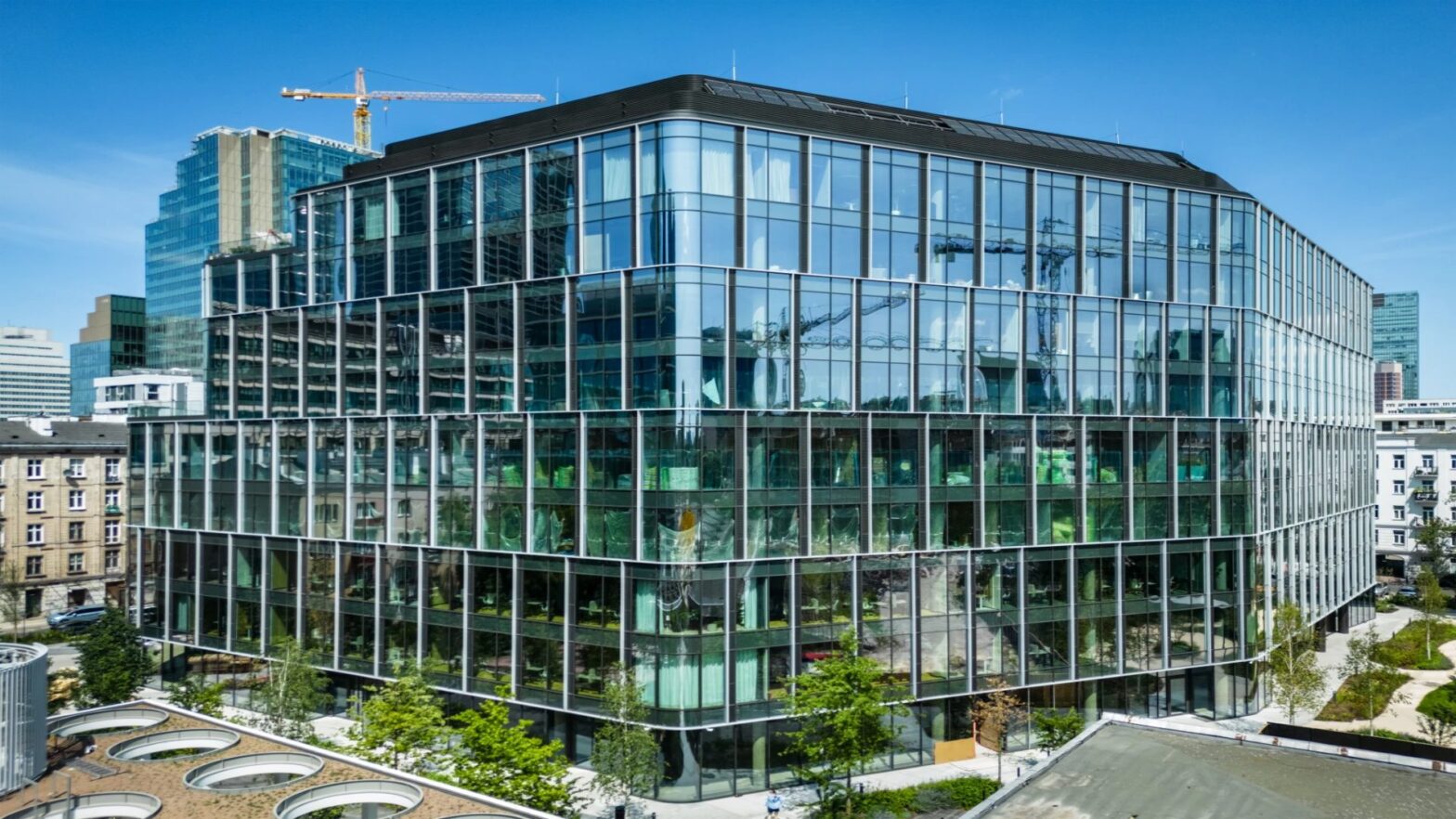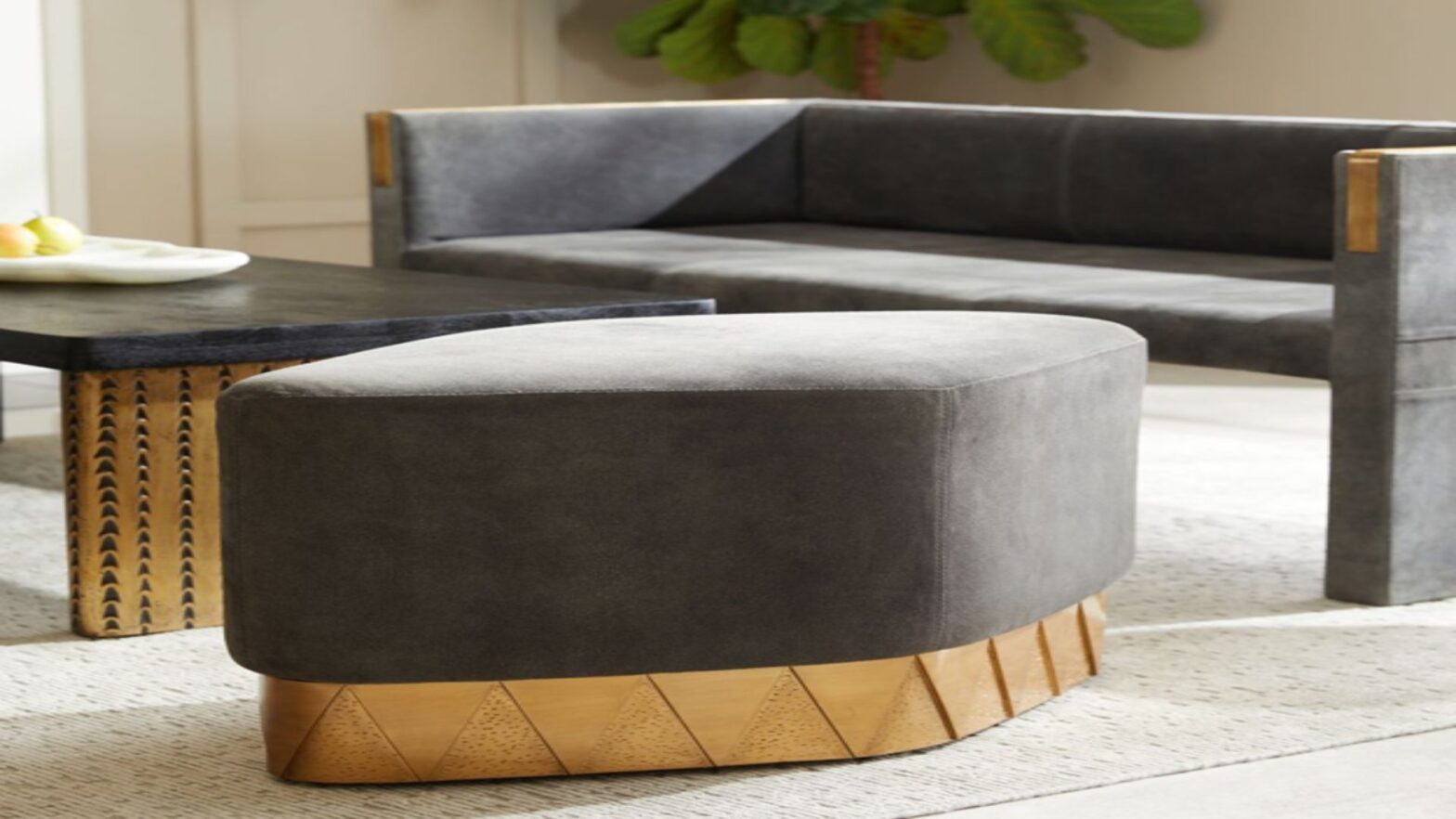Indoor gardens are increasingly attractive for modern households, especially when family members know the benefits of spending time in nature but lack the time to do so. Interior gardens aren’t just for plant enthusiasts but also lovers of beauty and well-being since they’re known to level up the atmosphere in dwellings.
However, if you’ve ever taken care of herbage, you’ve probably observed that you can’t help but have myriad questions pop into your mind. How much water is too much? Should the container be larger? What if they help mould grow? Questions are endless, so let’s discover the answers to some of the most common and persistent ones that will help you reap as many benefits as possible from your interior garden.
Air purification?
There are several reasons why households buy plants and flowers. One of them is often associated with their potential of cleaning the air and detoxifying homes of the harmful polluting substances that busy nearby streets release, including black carbon, ultrafine particles, and nitrogen dioxide, among others. However, it’s far-fetched to think that plant buyers research their adopted greeneries thoroughly, especially when you see an irresistibly beautiful flower that decorates your chamber sublimely. After filling up the room with all sorts of plants, many homeowners doubt whether their choices really help reduce pollution and purify the air.
Fortunately, while some plants are under no circumstance to be held indoors, the better part of those you’re procuring from the market have a range of benefits. Many plants decrease the levels of indoor-produced pollutants, while others remove the necessity of mechanical ventilation, slashing energy usage. When taking reasonable measures, your greeneries may assist in improving the surrounding air’s quality. A NASA Clean Air Survey draw attention to the fact that plants may not enhance the air in the way many may be mistakenly believing. The process occurs at a sluggish rate, and progress is felt in time.
However, many common plants generally found in households, including chrysanthemum, aloe vera, sword fern, gerbera daisy, golden pothos, and bamboo, create passive benefits without being assisted.
Container quality and size?
With a myriad of pot and planter types and styles, finding those that match your chamber and your greeneries’ colourway while meeting the latter’s needs may seem challenging at first. After all, with such a wide variety of sustainably made planters designed with features to create the best environment for the plant, container purchasers should be stress-free when arriving home.
Fortunately, the best containers offer you a hassle-free journey and help your plants thrive. Still, you’ll need to consider the quality of the material you buy depending on the chamber you’re positioning them. For instance, you may not want to leave plastic in direct sunlight, as it tends to deteriorate and release harmful substances that do no good for the green guests. Similarly, the size matters more than you may think. A seemingly tiny plant may need three times the space to extend its roots compared to a larger one. Consequently, without basic knowledge of your plant, your purchased container could be too large and impact the invitee’s health. You can end up with a dead plant since instead of directing the energy generated from fertilizer and photosynthesis into foliage development, they’ll focus on root expansion. Take the time to find the best container for your plant’s requirements!
Mould?
Houseplants may often let out water vapours as part of their respiratory and photosynthetic processes, boosting the humidity of the air surrounding them. It’s been found that generally let out nutrients from hydathodes, causing the tiny lovely liquid droplets known as dew and seen around their leaves. Moreover, plants can release almost 97% of the water absorbed, which in some circumstances can make the plant feel dehydrated, develop crispiness on leaves, and shake off. The air that’s sometimes oversaturated with moisture can sometimes develop a great fertile ground for mould to grow, representing a worry of many households around.
While in some less common circumstances, an abundance of plants sweating can trigger mould development, an opposite scenario is also actual. Mould stands among the numerous widespread toxins some houseplants remove from the air. It’s usually a matter of how thoughtfully they’re located, how often they’re watered, and several other aspects. For instance, having dead leaves and organic material can increase the risk of perpetuating mould in their pots, which translates to unhealthier air. Mould is often limited to the containers’ undersides when overfilled with water, which isn’t difficult to control. As you can see, you don’t need to worry about mould growth if you take a few effortless preventative measures. It’s a matter of minutes to find the right pot or container for your plant when working with the right supplier, which is why experts from elho encourage you to take the time needed to ensure you pick the best fit for your greenery’s needs!
Pet threats?
At one point or another, every pet- and plant-owner considers getting rid of a greenery or two for the sake of their furry pals. Unfortunately, some plants and flowers do no good for our speechless companionships, sometimes being a threat to kids and elders. Those with poor immune systems, undiscovered allergies, respiratory system problems, and other such issues are also at increased risk when exposed to some plants and flowers. It may sometimes be the problem of the fertilizers that keep the plant thriving that threaten your pets’ well-being. For instance, while the leaves, stems, and flowers are harm-less, some indoor plants raise concerns due to the consumed substances needed to flourish.
Review the plants accommodated indoors and relocate them – you’ll find solace in knowing your beloved ones aren’t threatened. From the sublime geranium to the perfumed lilies to the frenzied aloe vera, your indoor pets may not find some plants and flowers friendly.


